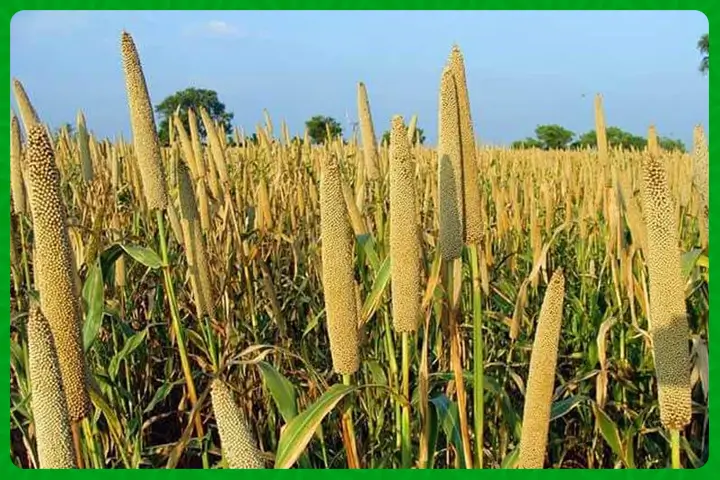
In a quest to bolster food security and revolutionize its millet industry, Namibia has set its sights on India, a global leader in millet production. Officials from the Ministry of Agriculture, Water, and Land Reform have embarked on a transformative learning journey to India, seeking to tap into the expertise of the world’s largest millet producer. This collaborative endeavor not only holds the promise of improved millet yields but also the diversification of millet-based products, potentially reshaping the future of agriculture in Namibia.
India’s Millet Dominance:
As of 2021, India reigned as the world’s largest millet producer, commanding an impressive 41% share of the global millet market. Furthermore, India secured its position as the second-largest millet exporter, with millet exports reaching a noteworthy USD 64 million in 2021-22. The momentum continues to build, with a 12.5% increase in millet exports during the period of April to December 2023 compared to the previous year.
A Millet Transformation:
Namibia envisions a brighter future for its millet industry, one that is guided by the lessons learned from India’s agricultural prowess. Jona Musheko, the Ministry of Agriculture’s spokesperson, emphasizes the importance of improving millet yield, establishing a robust seed system, and creating new markets for pearl millet. These strategic steps are integral to enhancing food production and ensuring food security for the nation.
Research and Knowledge Transfer:
The delegation of Namibian researchers visiting India consists of experts in agricultural production, poised to absorb invaluable insights and expertise. The primary objective is to explore new millet varieties and hybrids that may thrive in Namibia’s unique climate. The knowledge transfer from India to Namibia holds the potential to reshape agricultural practices and bolster millet production.
Innovation Beyond Pap:
Namibia’s vision extends beyond traditional millet consumption. Taking inspiration from India’s diverse millet-based products, including snacks, biscuits, and millet milk, Namibia aims to explore innovative applications for this versatile crop. Pearl millet (mahangu) may soon find its way into an array of new and exciting culinary creations.
NAMSIP: A Collaborative Project:
Namibia Agricultural Mechanisation and Seed Improvement Project (NAMSIP) is a collaborative effort between Namibia and the African Development Bank. This project is set to lay the foundation for the construction of three new seed processing plants in Zambezi, Kavango East, and Oshikoto regions. These plants will play a pivotal role in facilitating the growth of Namibia’s millet industry.
Agricultural Impact and Economic Growth:
Through the supply of seeds alone, the Ministry of Agriculture has generated temporary employment opportunities for 4,519 Namibians. This initiative aligns with Namibia’s goal of enhancing food production and reducing dependence on imports, especially for crops like white maize, millet, and wheat.
Addressing Import Bills:
In a significant development, the import bill for cereals, including wheat, maize, and rice, saw a decline in the second quarter of 2023. This decline, from N$471.3 million in the corresponding quarter of 2022 to N$299.2 million, underscores Namibia’s commitment to bolster domestic production and reduce reliance on imports.
Namibia’s journey to India in pursuit of millet expertise represents a pivotal moment in its agricultural history. As the nation seeks to diversify its millet industry, improve yields, and explore innovative millet-based products, the collaboration with India holds the key to a more food-secure and economically vibrant future. Through knowledge transfer, innovation, and strategic investments, Namibia aspires to become a formidable player in the global millet market, reducing dependence on imports and fostering agricultural self-sufficiency.
Stay updated with the latest farming tips and agriculture industry news from Africa by subscribing to our newsletter. Don’t miss out on valuable insights and updates. Follow us on Twitter, LinkedIn, and Facebook to join our farming community and stay connected with us.



















